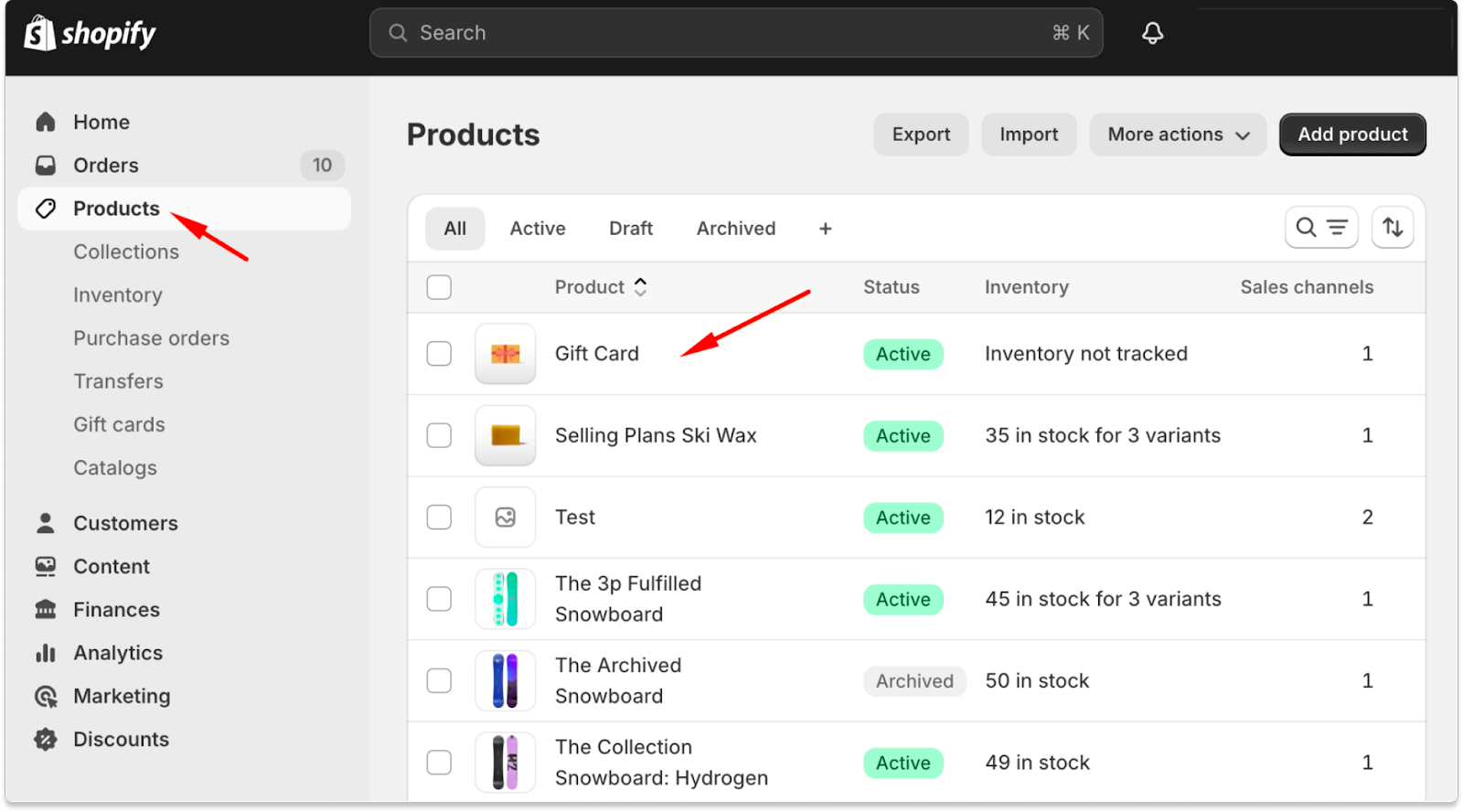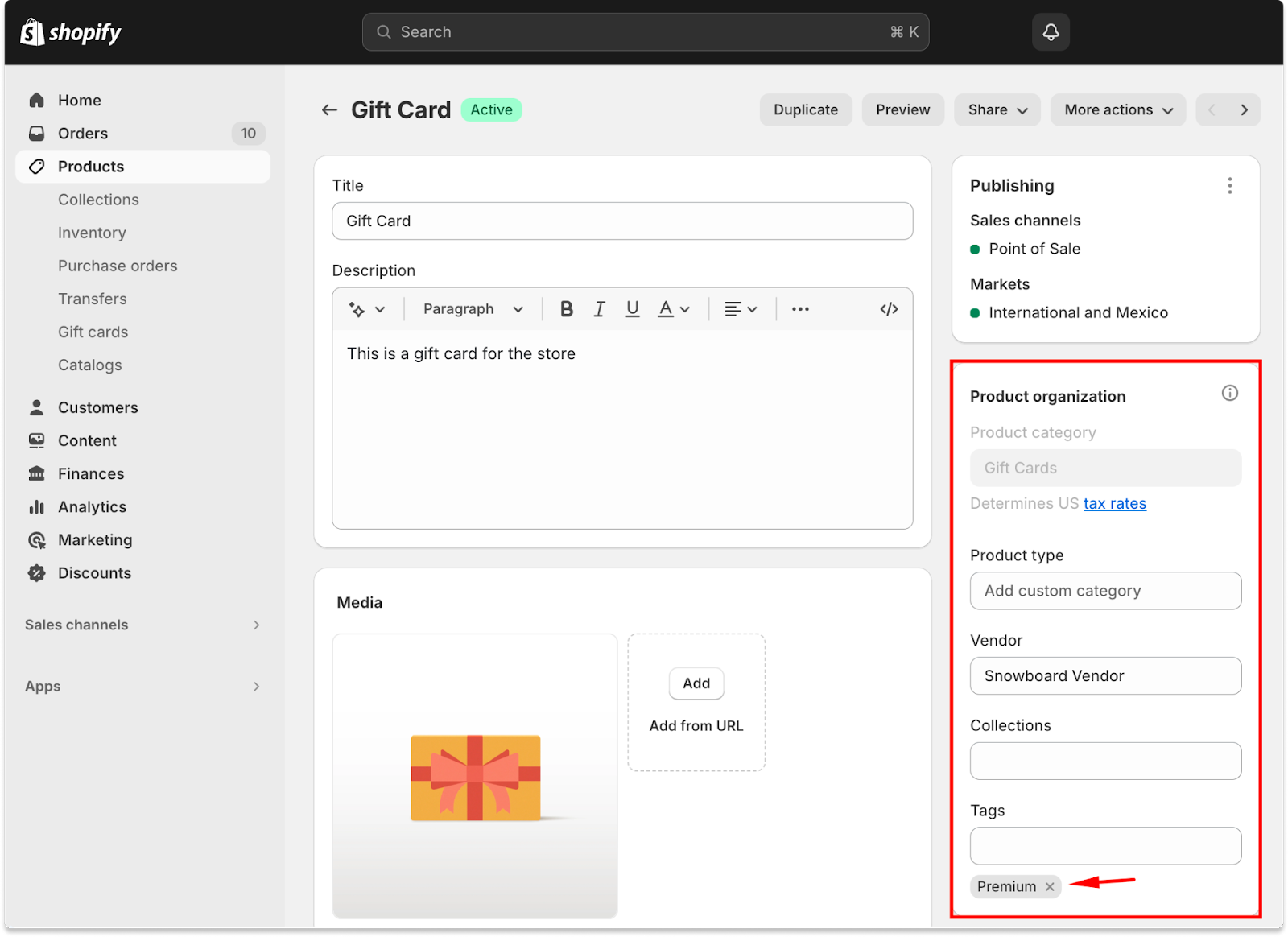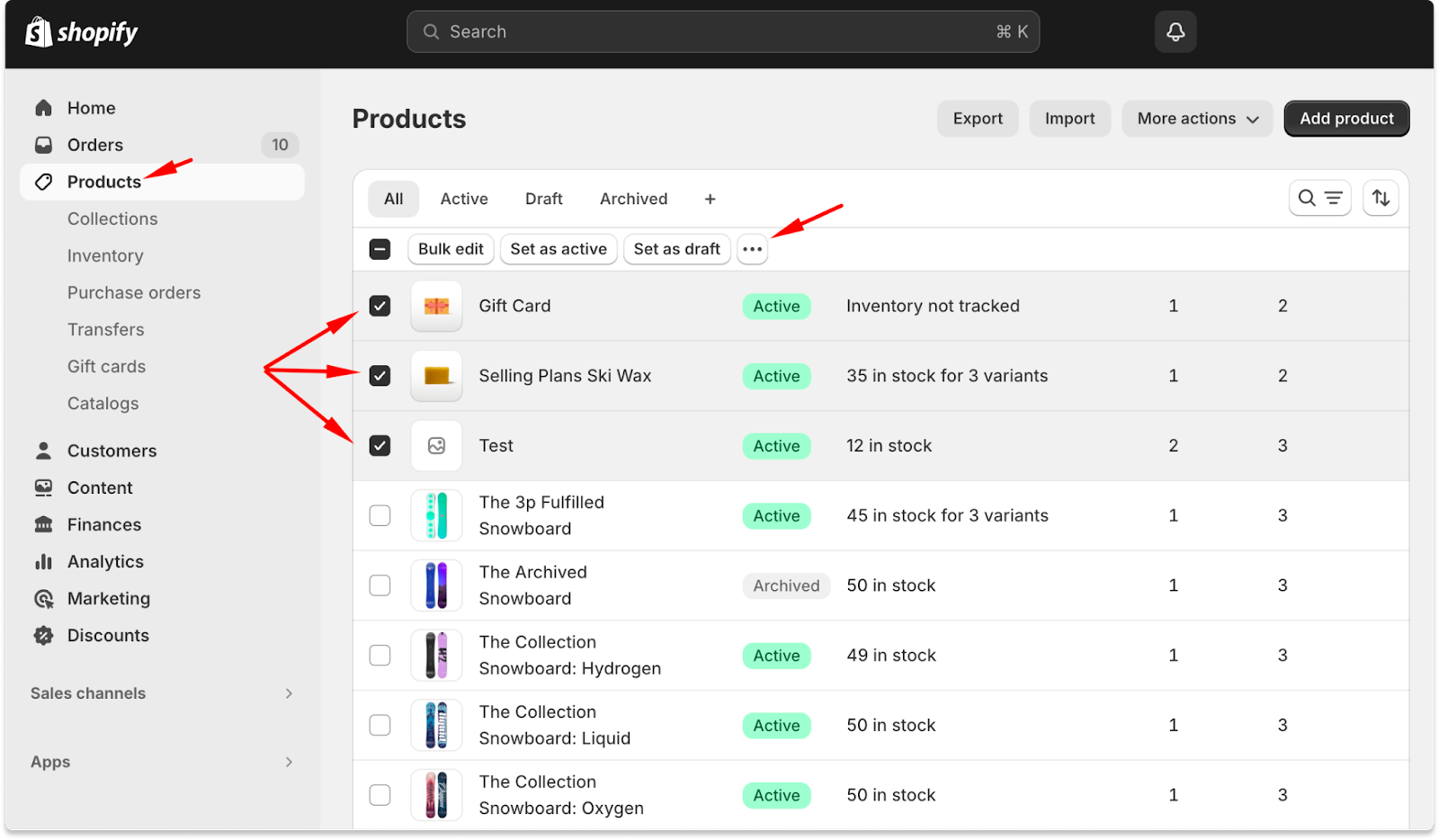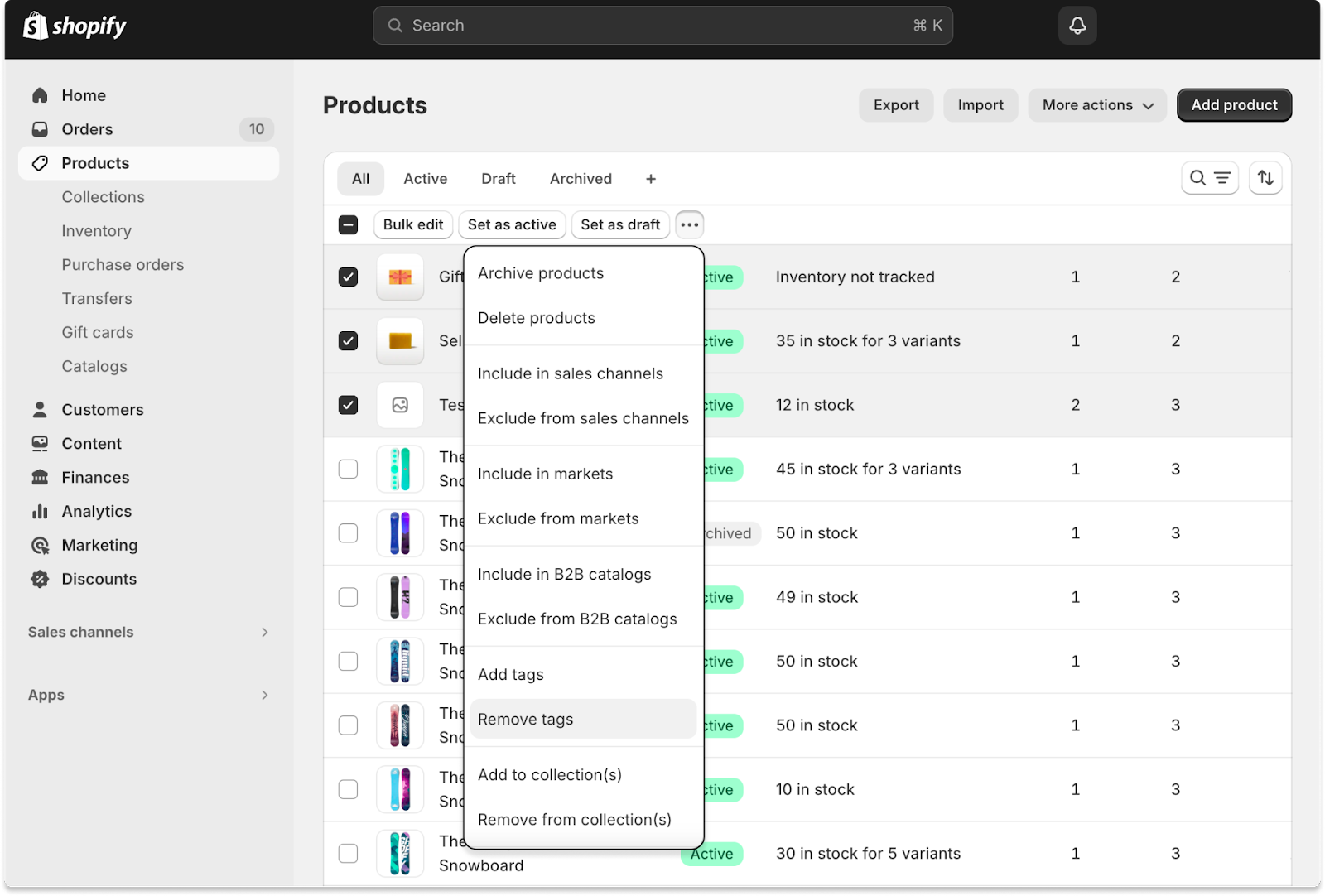How to Remove Tags from Shopify – Mipler
In our digital age, where information overload is a common challenge, harnessing the power of data is crucial for achieving success. To prevent chaos and clutter on the internet, effective organization and systematization of information are crucial. Tag management is pivotal in this regard, enabling efficient categorization and analysis of data on your website.
Understanding the significance of tag management is imperative, as tags can either benefit or harm your site’s performance. Mipler’s Shopify sales report by product tag is a valuable tool that helps you analyze information about purchased products, presenting it in a convenient format based on product tags.
With the assistance of Mipler’s report, sellers can track ordering patterns and gather sales data based on the tags attached to products. Additionally, the report aids in monitoring website traffic, enabling sellers to identify the sources of customer traffic, their demographics, and the types of purchases made by customers with specific tags.
In this article, we will explore two key questions:
- What is the significance of tags, and how should they be managed?
- What is the effective process for removing tags from Shopify?
The Importance of Tags
Tags act as keywords, simplifying users’ access to pertinent information by offering clickable links that streamline the process of locating materials on specific topics.
For example, clicking on a “new” tag reveals a list of all products marked as new, facilitating quick exploration of thematically related items.
Without tags, a website becomes a realm of anonymity, leaving you unaware of visitor activities and interests.
Tags serve a multitude of purposes, encompassing the highlighting of product attributes, facilitating navigation, and enhancing user experience.
The primary objective of SEO tagging is to amplify the entry points to the website and draw in search traffic.
Reasons to Utilize Tags
- Accentuate product characteristics like size, color, and gender-specific categories.
- Emphasize specific product features.
- Highlight the brand or manufacturer.
- Expedite keyword-based information retrieval.
- Simplify site navigation, ensuring users receive the most relevant search results.
Advantages of Using Tags
- Flexibility in tag usage across different fields.
- User-friendly tag system.
- Expedited information retrieval for attracting potential audiences.
- Optimize inventory management (aided by tools like Mipler’s report).
- Enhanced user experience through streamlined navigation. Streamlined management of products and site components.
- Effortless customer filtering for marketing initiatives.
- Contribution to SEO optimization, fostering organic promotion.
Common Mistakes in Tag Creation
- Avoid complicating the tagging system.
- Prioritize consistency in tag usage.
- Refrain from creating an excessive number of tags.
Tags are incorporated into Shopify products to streamline organization within your store and facilitate simplified customer navigation. Nonetheless, there are instances where their removal becomes necessary.
When to remove tags
- If you have too many tags, removing them keeps your store clean and organized.
- If tags slow down your site, delete irrelevant ones to improve performance.
- If your product range changes and old tags are no longer relevant.
- If you mistakenly use tags that don’t match your products.
- If you alter the directory structure, old tags may become obsolete.
While removing tags from individual products is a straightforward task, the process becomes time-consuming when mass removal is required for the entire site. This is due to the necessity of editing each product individually to eliminate the tags.
What should you do to remove the tag from the product?

In the Shopify admin, click on Products > Select a product name

In the “Organization” section, click the “x” next to the name of the tag you want to remove > Click on Save.
You can remove tags for transfers, customers, blog posts, orders, or draft orders using the same algorithm.
There is also a “View all labels” option; click on that and delete any you don’t want to use.
In the Tags section, click Manage > Under SELECTED, uncheck the tags you want to remove from the list > Click Done.
Removing tags from the admin
To permanently remove a tag from admin, you need to ensure that the tag is removed from all products to which it is applied.

So, In the Shopify admin, click on Products (Transfers, Customers, Blog Posts, Draft Orders) > Select the products you want to remove the tag from.

Click Remove tags.
Efficient Tag Management Strategies
Ensure adherence to Shopify’s specific tag naming format, taking note of the following design requirements:
- Keep it short and simple:
- Order and draft tags: Max 40 characters.
- Tags for products, transfers, customers, and blog posts: Max 255 characters.
- Tags can have letters, numbers, and hyphens.
- Max 250 tags per product, customer, transfer, blog post, or draft order.
- Be specific in tag names. Combine similar tags, add descriptions, and avoid duplicates.
In Conclusion
- Effective tag management is crucial in navigating the digital landscape, ensuring organized data and streamlined user experiences.
- Tags serve as essential keywords, simplifying user access to relevant information and contributing to improved navigation.
- The advantages of tags include flexibility, user-friendliness, expedited information retrieval, and enhanced user experience. However, it’s essential to avoid common mistakes in tag creation, such as system complications and an excessive number of tags.
- When removing tags from Shopify, a meticulous approach is necessary, especially in mass removal scenarios.
- Efficient tag management strategies involve adhering to a specific naming format, being specific in distinguishing groups, removing duplicates, and providing informative descriptions.
- In summary, effective tag management, occasional removal, and adherence to organized practices optimize an online store, enhancing customer interactions and contributing to overall business success in the digital realm.
